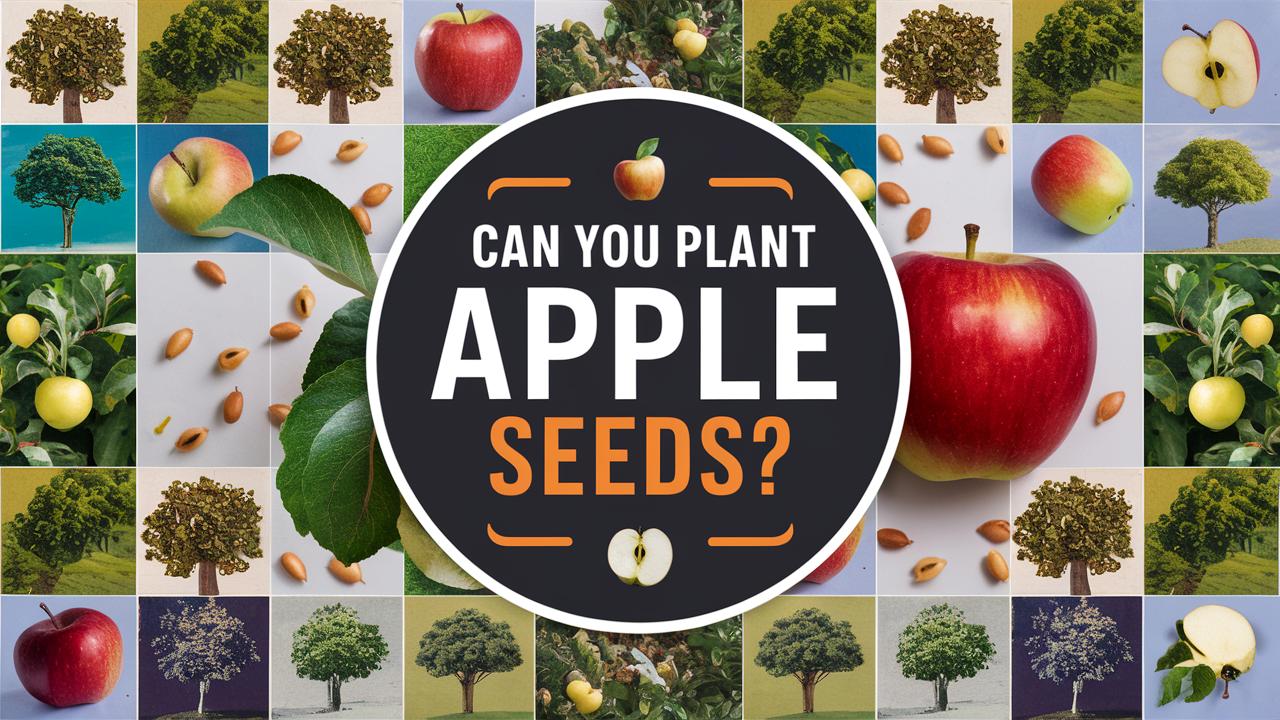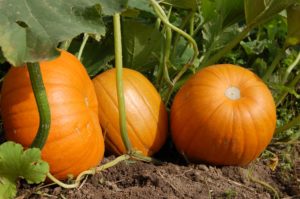In this guide covering growing apples from seeds, we’ll uncover the nuances of planting them, the science behind their growth, and practical tips for those looking to dive into the gratifying experience of growing your own apple tree from seed.
The Dream of Growing an Apple Tree
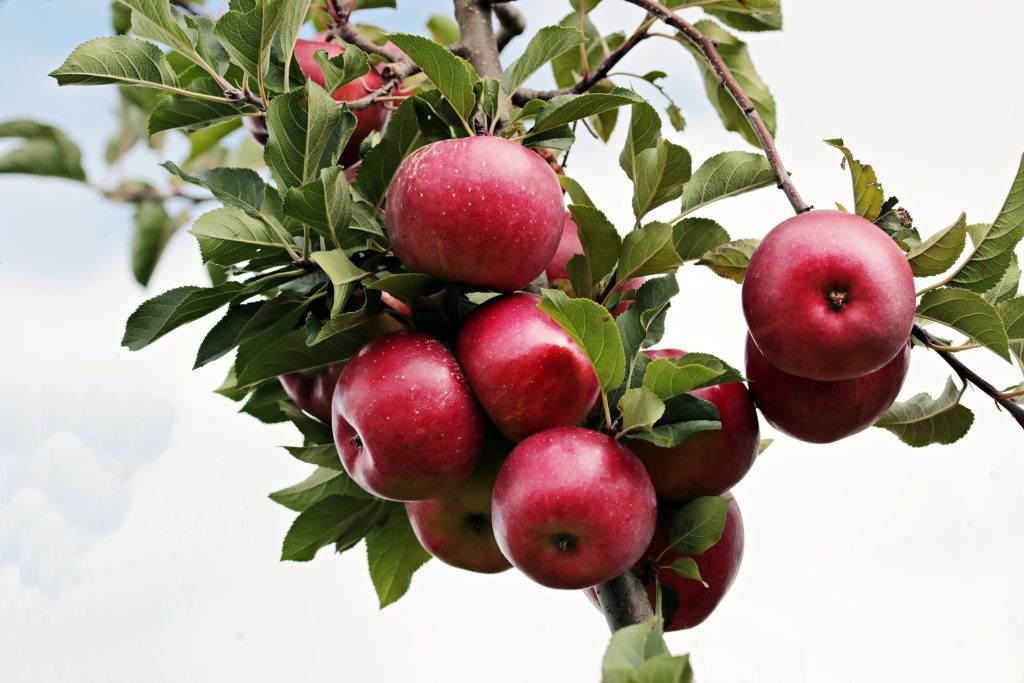
When you sink your teeth into a crisp, juicy apple, it’s easy to dream about the possibility of growing your own tree. The image of a sprawling apple tree in your backyard, laden with fruit ripe for picking, evokes a sense of nostalgia and connection to nature. But how realistic is this dream? Can an apple seed truly grow into a tree that produces edible apples? The answer is a bit more complicated than you might think.
Understanding Apple Trees and Seed Genetics

Before planting apple seeds, it’s vital to understand a little about the genetics of apple trees. Apple seeds are unique in that they do not produce trees identical to the parent tree. Unlike many other plants, apples are heterozygous. This means that when you plant a seed from an apple, the genetic makeup of the resulting tree can differ significantly from that of its parents. Because of this, the apples produced might not resemble those from which the seeds were taken.
Apple Varieties and Their Traits
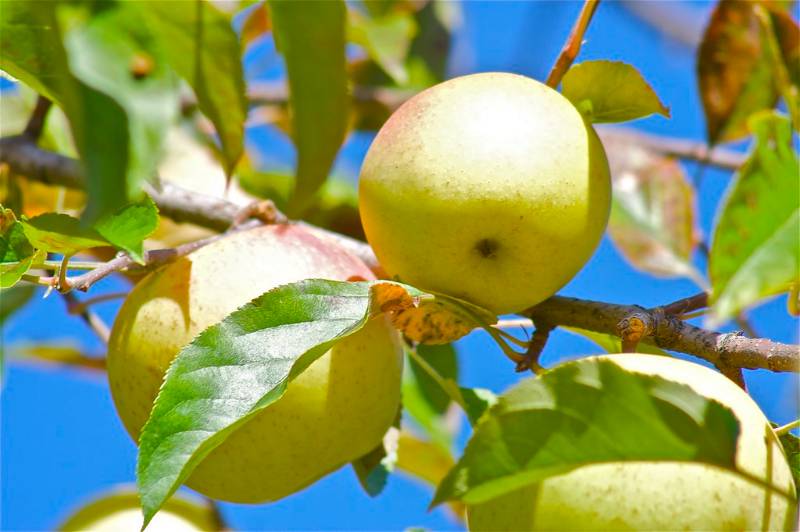
There are over 7,500 varieties of apples grown around the world, each with distinct flavors, textures, colors, and growing conditions. The apples you consume in your daily diet—like Honeycrisp, Fuji, or Granny Smith—are hybrids, specifically bred to enhance certain traits such as taste, durability, and yield. When planting seeds from these apples, the resulting trees may yield fruit that is less desirable or entirely different, which might lead to a few surprises during harvest.
The Process of Planting Apple Seeds
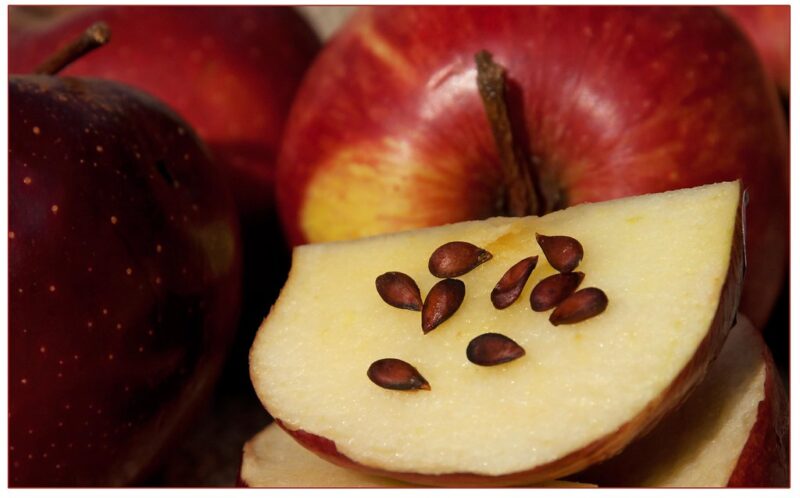
If you’re keen on planting apple seeds, it’s important to follow a few additional steps to help ensure successful germination and growth. Here’s a guide to help you navigate the process:
Collecting Apple Seeds
Start with a fresh apple from a variety you enjoy. Eat the apple and save the seeds, but make sure to wash them thoroughly to remove any sugary residue, which could promote mold growth. Allow the seeds to air-dry for a day or two before proceeding to the next step.
Stratification: Mimicking Nature’s Conditions
Apple seeds require a process called stratification, which simulates the natural winter conditions that prepare the seeds for germination. This process typically involves placing the seeds in a damp paper towel or sand, then sealing them in a plastic bag and storing them in the refrigerator for about six to eight weeks. This cold treatment helps break the seed’s dormancy, making it more likely to germinate.
Germination Shouldn’t be Rushed
Once the stratification period is over, it’s time to take the seeds out and plant them. You can plant the seeds in small pots filled with sterile potting mix, ensuring they are no more than an inch deep, as seeds generally need light to germinate. Keep the soil moist but not waterlogged, and place the pots in a warm spot with indirect sunlight. Germination can take a few weeks to a couple of months, so patience is key during this phase.
Transplanting Seedlings
Once your seedlings have grown several inches tall and have developed true leaves, you can consider transplanting them into bigger pots. Be careful when handling the fragile roots. Use quality potting soil, and make sure the pots have adequate drainage. Allow the seedlings to acclimatize to their new environment before planting them outside.
Care and Nurturing of Young Apple Trees
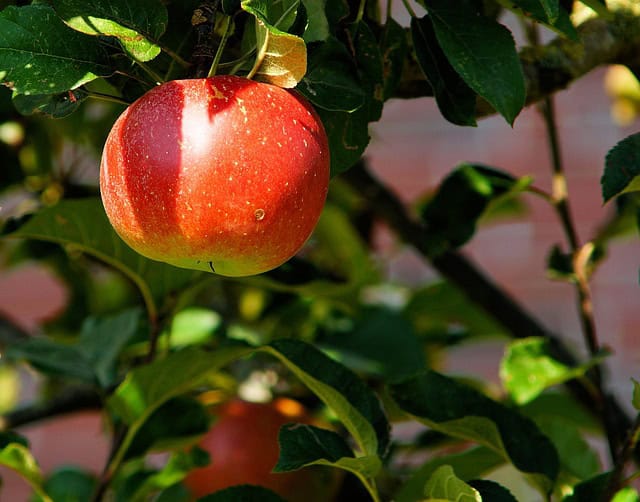
Caring for a young apple tree is crucial for its development and long-term health. Proper attention in the early stages will pay dividends down the road.
Optimal Growing Conditions
Apple trees thrive in well-draining sandy soil and need full sunlight for at least six to eight hours a day. If your soil has a clay-like texture, consider amending it with organic matter to improve drainage. The soil’s pH should ideally be between 6.0 and 7.0—slightly acidic to neutral. Conduct a soil test to ensure your planting area has the proper nutrient balance.
Watering Schedule and Nutrients
Young trees need consistent watering, particularly in the first couple of years as they establish roots. Aim to keep the soil consistently moist but not soggy. Introducing organic mulch around the base can help retain moisture and suppress weeds. During the growing season, a balanced fertilizer should be applied according to the recommended guidelines. This will ensure your young apple tree receives essential nutrients as it grows.
Protection from Pests and Diseases
Pests like aphids, apple maggots, and codling moths can pose significant threats to young apple trees. Regular monitoring and, if necessary, organic pest control methods can help keep these nuisances at bay. Moreover, fungal diseases such as apple scab or powdery mildew can affect tree health, so spacing your trees adequately for air circulation and maintaining proper hygiene in the garden are key prevention methods.
The Waiting Game: Patience is Essential
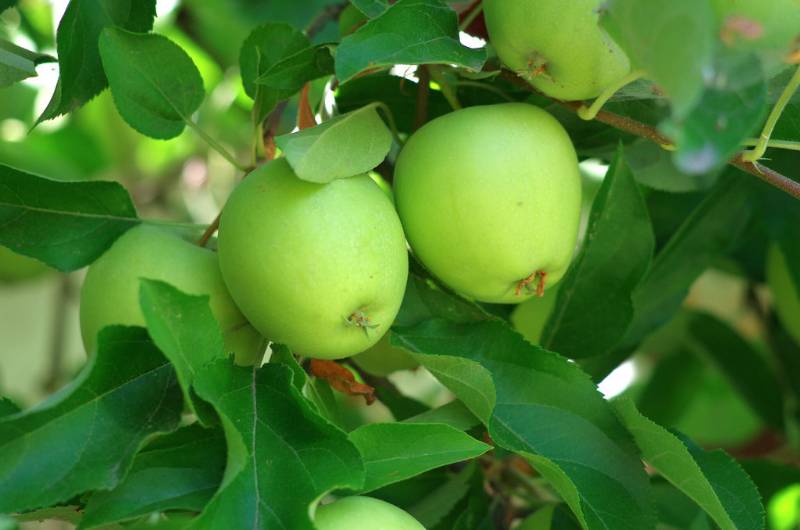
One of the most challenging aspects of planting apple seeds is the lengthy waiting period. Many apple trees take anywhere from 5 to 10 years to bear fruit, often depending on the variety and environmental conditions.
Why Patience Matters
Like many life experiences, growing an apple tree is often a lesson in patience. Waiting for the tree to mature and begin producing apples can be excruciating, especially if you’ve watched your tree grow from a tiny seedling. However, it is important to consider the joy and satisfaction that comes when you finally get to enjoy the fruits of your labor.
The Beauty in the Journey
As you await the harvest, you may appreciate the development and transformation of your tree more than the fruit itself. Observing the blossoms in spring, frolicking bees, and the changing leaves in autumn can provide unique rewards, fostering a deeper connection with your environment.
Alternatives to Starting from Seed
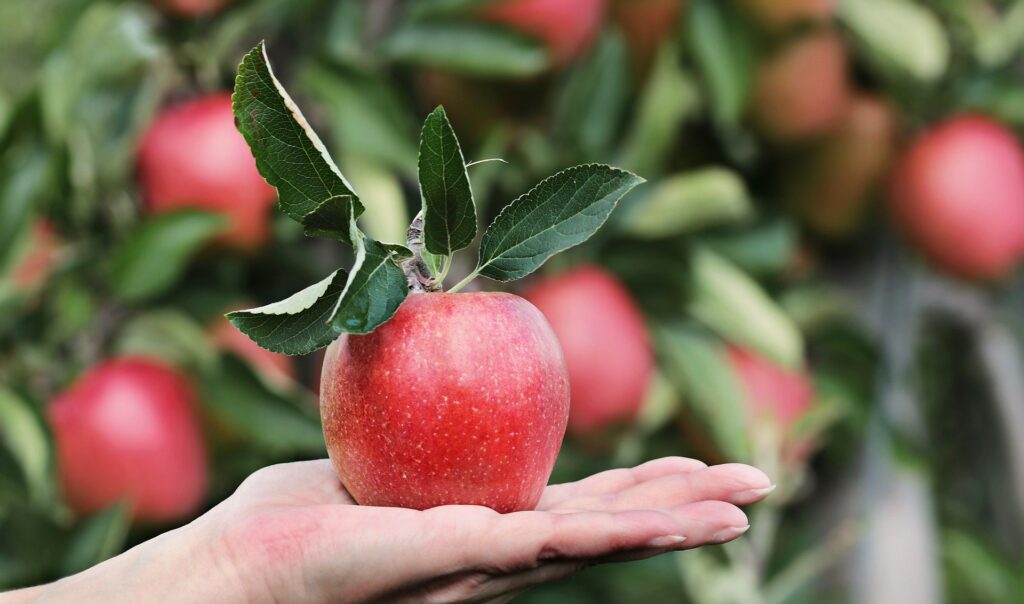
While planting apple seeds can be a rewarding project, it’s not the only method to grow apple trees. There are a few other options that might suit your needs better, especially if you’re eager to bear fruit sooner.
Grafting Apple Trees
Grafting is a common method used in commercial apple production. It involves joining a piece of a mature tree (called a scion) onto a compatible rootstock. This method ensures that you will get a tree that produces fruit identical to the parent tree while allowing for controlled growth characteristics.
Buying Nursery Trees
If you’re less inclined to wait and want a guaranteed apple-producing tree, purchasing a grafted nursery tree is a great option. Nurseries offer a variety of apple tree options based on your climate, space, and taste preferences. This option gives you the benefit of having a well-established tree that will start producing fruit in a shorter timeframe.
Common Myths About Planting Apple Seeds
As with any gardening endeavor, several myths surround the planting of apple seeds. Let’s debunk some of the most common misconceptions:
Myth 1: All Apple Seeds Will Grow into Apple Trees
While nearly all apple seeds have the potential to sprout, they won’t necessarily lead to a healthy, fruitful apple tree. The genetic variability means that you could end up with a tree that yields small or bitter fruit.
Myth 2: Growing Apple Trees from Seed is Easy
While sowing seeds may appear straightforward, the process of successfully growing an apple tree from seed requires time, effort, and attention to detail. Seed stratification, the right growing conditions, and ongoing care are essential for successful growth.
Myth 3: Seed-Grown Trees Are Always Superior
Many gardeners believe that trees grown from seed will be sturdier or more resilient than grafted nursery trees. While home-grown trees can be rewarding, grafted trees are often selected for disease resistance, vigor, and other desirable traits.
Conclusion: Is it Worth It?
So, can you plant apple seeds? Absolutely! However, be prepared for an adventure filled with uncertainties, patience, and the joy of growing something from scratch. It’s a satisfying project that connects you with nature and deepens your understanding of horticulture. Whether you choose to start from seed, graft, or purchase a nursery-grown tree, the experience of cultivating your own apple tree can be immensely rewarding.


